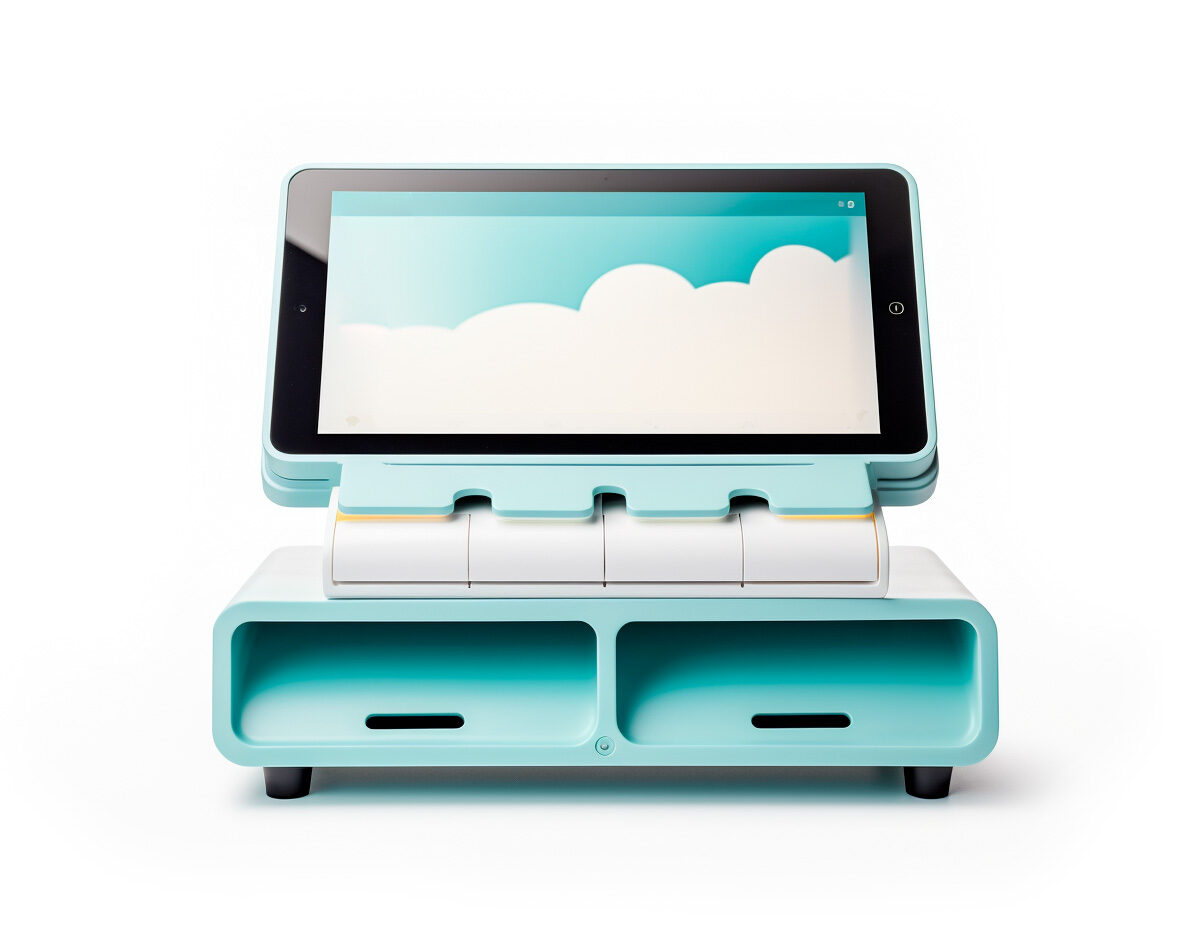Why Pepper?
By providing a universal interface, our Pepper software makes it easy to connect POS terminals to your cash register software.
Why Pepper?
By providing a universal interface, our Pepper software makes it easy to connect POS terminals to your cash register software.
POS terminal assistant
Find out whether your terminal is supported by our solutions.
Supported POS software
Find out whether Pepper has already been integrated into your POS system.
Order a Pepper license
Ready to purchase your Pepper license?
Why Matchbox?
Matchbox automates your payment reconciliation, reduces expenditures – and turns the flood of your payment data into informative diagrams.
Free Matchbox trial
Give Matchbox a try? We would love to give you a short personal introduction and then activate your free trial account.
Supported terminal types
Find out whether your terminal is supported by our solutions.
Check now
Supported POS software
Find out whether Pepper has already been integrated into your POS system.
Check now
The driving force worth knowing
As EFT experts, we not only report on current projects here. We also like to share our knowledge about the world of cashless payments.
31 October 2023

Cloud till systems offer a range of advantages that should not be underestimated: they are usually much more flexible and mobile than classic, PC-based till systems. This article summarises what cloud tills actually are, whether your company could benefit from a change – and what you need to consider in terms of choice and integration.
Essentially, we differentiate between open and closed till systems.
An open till generally means simple and standalone cash registers that usually work without special software. They only record basic information about the sale, such as the price and the quantity of the sold items.
They are usually standalone devices that generally work without elaborate software or a cloud connection. The sales data is usually stored locally on the device, which complicates data management and analysis. Classic cash registers are a good example.
A closed till system generally involves special hardware closely interlinked with the right software. As a result, the closed till systems have a far wider range of functions, e.g. stock management, reporting and integration of different payment systems.
Moreover, closed till systems can usually be integrated seamlessly into other business applications and services (such as the ERP system). Both PC-based till systems and cloud-based till systems are usually closed till systems.
The difference between open and closed till systems can be fluid, however, as the functionality and integration can vary depending on provider and configuration. In the case of cloud-based till systems too, some providers offer more open till systems with the option of integrating third-party apps and services, while others offer closed till systems with limited expandability.
A cloud till system refers to a till system with the software and all the data hosted in the cloud: With cloud till systems the till software is thus not installed on a local computer or server, but always runs online via a remote server, which is then accessed by computers, tablets or smartphones via web browsers. With cloud tills the software is not installed on local devices at all.
The term online till system is also very common. While cloud till systems are always online till systems, an online till system does not necessarily always have to be a cloud till system: they could in fact also be software solutions that are installed on a central server in the company. Thin clients (e.g. mobile tills) can then access this central server via a network connection.
And by the way: we have developed Pepper Container for easy connection of EFT/POS terminals to online till systems like these.
Whether in retail, in catering, in hotels or service companies: cloud tills are gaining ground in many industries. Not least because they offer a wealth of substantial advantages, such as greater flexibility, mobility or the option of real-time analysis of sales data. We’ve summarised the most important advantages of cloud till systems for you here.
Besides the many advantages, cloud tills do also have a couple of disadvantages in comparison to classic, PC-based till systems. To enable you to make the most informed decision possible about which till system would work best for your company, we have also summarised what we see as the most important disadvantages of cloud till systems here.
The choice between a cloud till system and a conventional till system comes down to your company’s specific requirements and preferences. So you should check carefully how the advantages and disadvantages apply to your situation – and choose the best solution accordingly on this basis.
A whole range of providers now offer cloud till systems, with some of them specialising in specific industries. Below are the four providers we think are the most important.
+ Strenghts: Lightspeed offers comprehensive functions for retail and catering, including inventory management, reporting, online ordering and more. It has a strong presence in Europe and offers local customisation.
– Weaknesses: the costs can be higher, especially if you need additional functions and hardware.
+ Strengths: Epos Now is known for its user-friendly interface and flexibility. It offers a broad range of integrations and supports different industries.
– Weaknesses: it can be expensive if you add lots of extra functions.
+ Strenghts: Shopify is particularly popular in e-commerce and offers a robust platform for online sales. It is easy to use and offers lots of apps and add-ons.
– Weaknesses: physical retailers may need to buy additional hardware and integrations. It may not be as powerful as specialised till systems for specific industries.
+ Strenghts: ready2order has the big advantage that this cloud till system also works well offline. Operations can continue seamlessly if the internet connection fails. All data is cached locally and then uploaded automatically.
– Weaknesses: in terms of support, some users feel ready2order has scope for improvement.
Your company’s specific requirements will be the critical factor when choosing the optimal cloud till system for you. When it comes to choosing a provider, in addition to the industry-specific functions and ongoing costs, the integration workload, user-friendliness and customer support also have to be considered. Here are some steps that may help you make a choice:
What functions do you need for your industry and your business model? For example, inventory management, reporting or integration of payment types?
Decide on your budget for your till system. Besides the initial costs, make sure you include the monthly subscription fees and any extra costs for hardware and services in your considerations.
Conduct thorough research into the cloud till system providers that are relevant to your industry. Read evaluations, look for recommendations and ask other companies about their experiences.
Make sure the cloud till system you’re looking at meets your needs and complies with all applicable data protection and compliance regulations.
Take advantage of demo or test versions to try out the system in practice in your day-to-day business.
Read through the contractual conditions carefully. Pay particular attention to the contract terms, termination conditions and potential price changes.
Check how easy it is to migrate data from your existing till system to the new system, if you’re already using one.
Make sure the provider offers support and maintenance services to resolve technical problems and to guarantee the smooth running of your system.
Because many customers want to use cashless payment with your cloud tills, you should connect a card terminal (also known as EFT/POS terminals) to the cloud till system. The card terminal and the till have to communicate with each other via a communication protocol to guarantee all the features. This is the only way a complete cloud POS system can work.
That’s why it’s important that these protocols are compatible. In other words: the cloud till software has to support the communication protocols of the respective terminal for the terminal to be integrated. This can quickly get complicated, as there are hundreds of different protocols.
When choosing the EFT/POS terminal, it’s not only important to ensure the respective terminal is compatible with the provider’s cloud till software. The cloud till software also has to be able to process the payment types and service providers supported by the card terminals.
Universal interfaces that support a large number of different communication protocols can simplify and accelerate the process of connecting card terminals to your cloud till software. The new PepperQik from treibauf is an example of a universal interface like this – specifically developed for cloud till systems.
The software will be on the market from October. Would you like to be informed as soon as the latest Pepper solution is available? Then you should subscribe to our newsletter right away.

23 April 2024 – What are the 15 most important KPIs in accounting? And which new KPIs have become more important in the context of electronic payments? Our article provides valuable insights for better controlling. Continue reading

21 March 2024 – What do you actually do with your expired debit cards, credit cards and railcards? They’re simply too good to throw away. If you want to quickly make something practical, surprise your colleagues or bring a little light relief to your next customer meeting, we’ve got three upcycling ideas for ... Continue reading

7 December 2023 – «For us Pepper works like a universal adapter, which makes it vastly easier to connect different terminal types», says Rüdiger Boesen, Product Management TCPOS at Zucchetti, summarising his understanding of the software. A general contract was consequently concluded for the DACH region back at the start of the 2000s. Continue reading